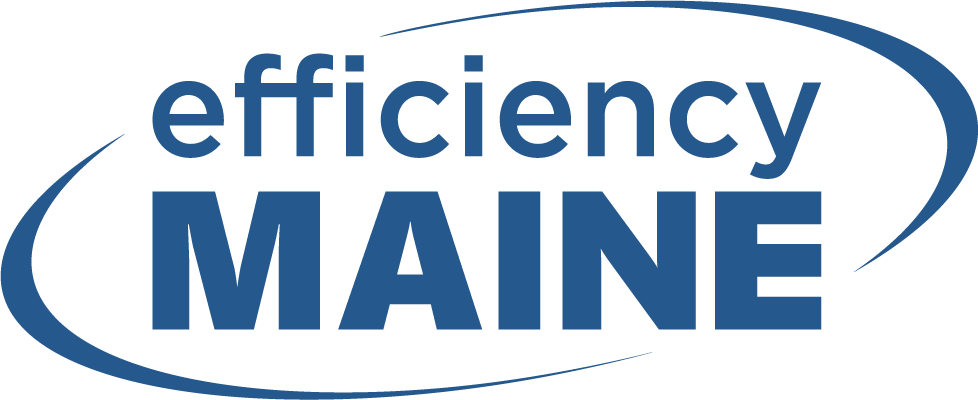Efficiency Maine Annual Event 2022 Spotlights the Contributions of Maine Contractors That Support the Success of the Trust’s Programs
Efficiency Maine today recognized the top-performing contractors that sell, install, and service high-efficiency lighting, heating and cooling systems, refrigeration equipment, electric vehicles, and other upgrades that are promoted through the quasi-state agency’s programs. Efficiency Maine also honored the Environmental & Energy Technology Council of Maine (E2Tech) with its Philip C. Hastings Award, which recognizes extraordinary commitment to energy efficiency in Maine. The event took place at the Hilton Garden Inn Freeport, Maine.
After a three-year hiatus due to the COVID 19 pandemic, Efficiency Maine hosted more than 200 electricians, plumbers, heating system installers, insulation technicians, distributors, manufacturers, business owners, and other stakeholders, who gathered for the awards and attended workshops on Efficiency Maine’s initiatives and energy-efficiency trends.
Workshop sessions focused on residential initiatives, including low- and moderate-income weatherization, and commercial and industrial initiatives that will invest federal funding from the Maine Jobs and Recovery Plan. Sessions also covered Efficiency Maine’s demand management and electric vehicle (EV) initiatives.

“It is important to celebrate the hard work by so many dedicated contractors working in Maine’s energy sector,” said Michael Stoddard, Efficiency Maine’s executive director. “These firms, mostly small and locally owned, are providing equipment and services that hold the key to Maine’s energy consumers managing their costs by improving efficiency and shifting to cleaner energy.”
In Efficiency Maine’s programs, home energy upgrades are delivered by Residential Registered Vendors while energy improvements at commercial and industrial facilities are provided by Qualified Partners. Efficiency Maine presented 29 of these contractors and vendors awards for outstanding performance in selling and servicing energy upgrades using financial incentives of the statewide efficiency programs. These companies, among the more than 1,000 trade allies listed on the organization’s website, are experienced vendors, contractors, suppliers, and other professionals who supply or install energy-efficient equipment, receive training from Efficiency Maine, and are familiar with Efficiency Maine’s incentive programs.
If you are looking to improve your home's effdecenty by installing insulation or with air sealing services, check out the rebate program here.


USEFUL LINKS
STAY INFORMED
Learn about new government programs as money is made available to you!
You need a helping hand with your project?
We will get back to you as soon as possible
Please try again later
All Rights Reserved | Mattra Inc.






